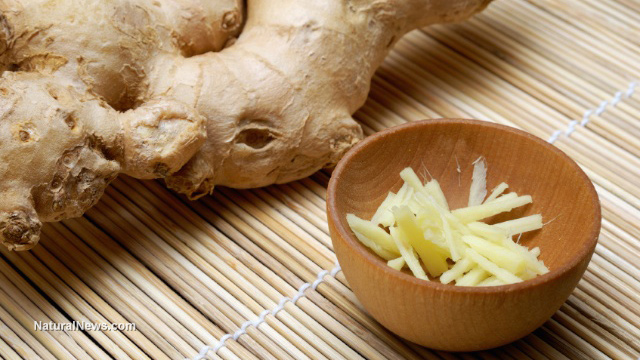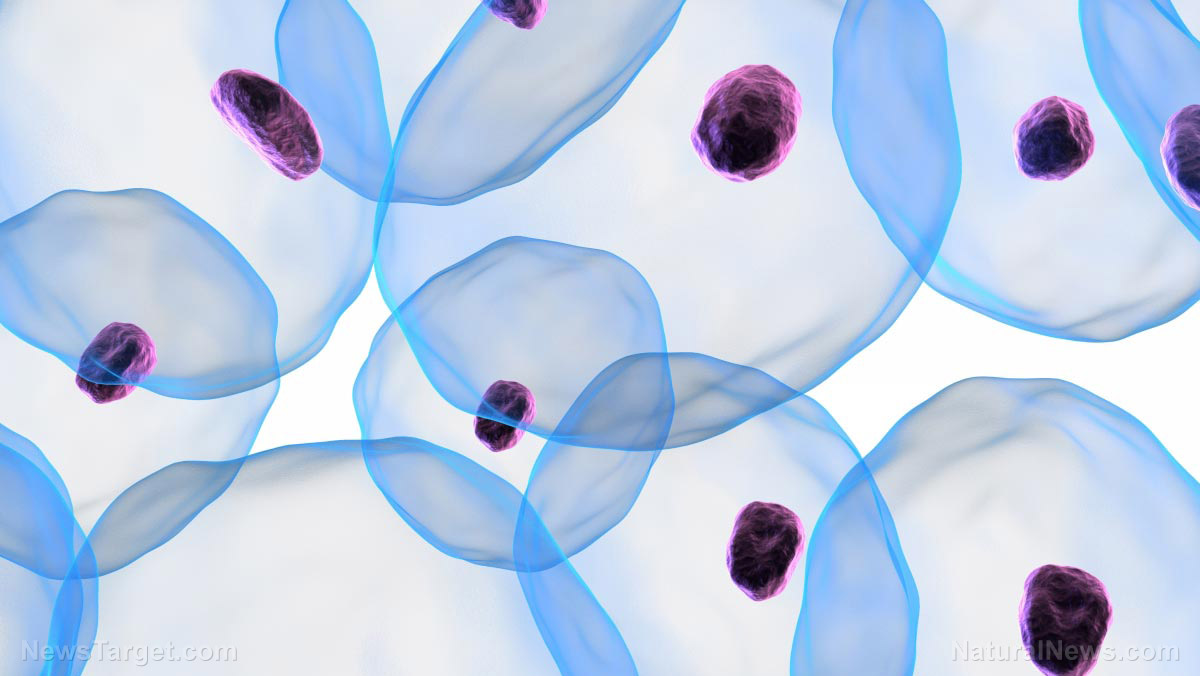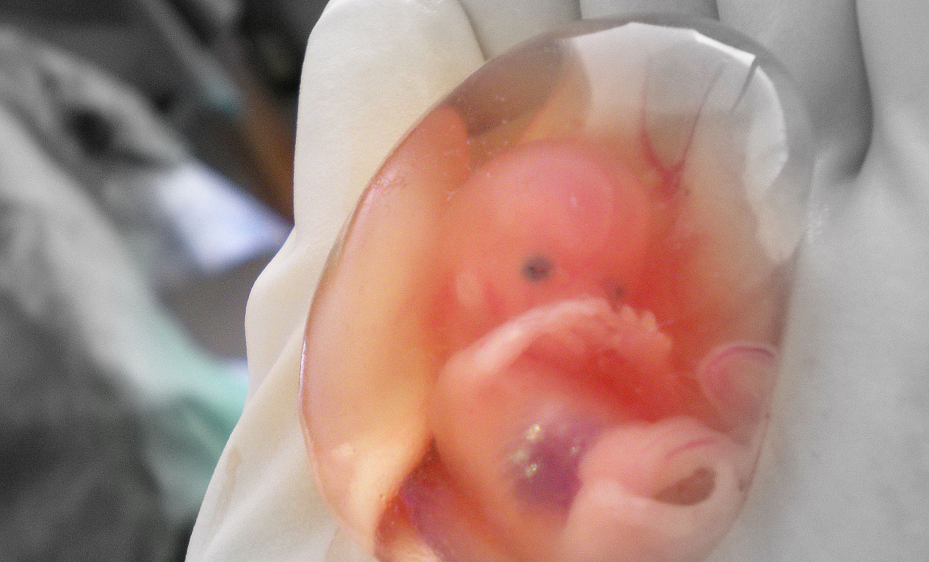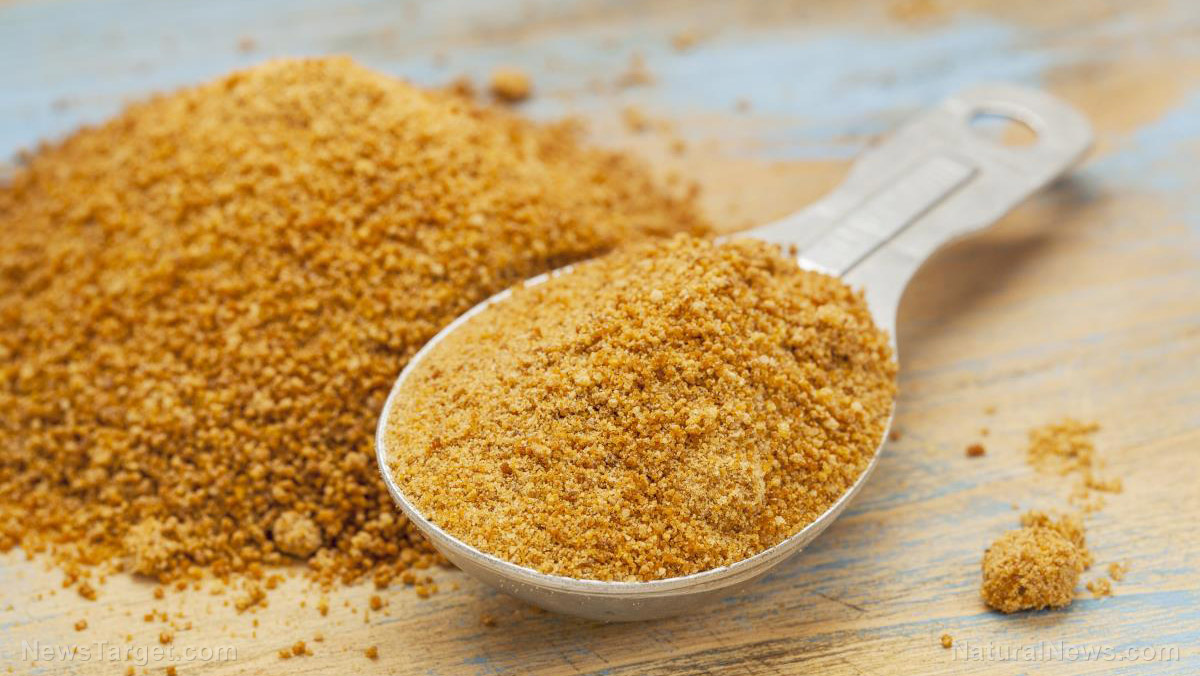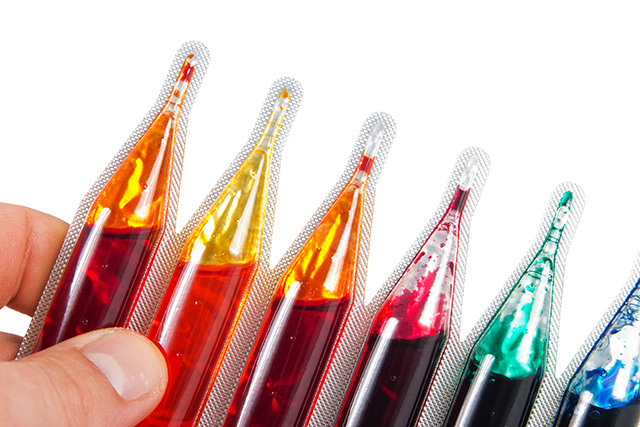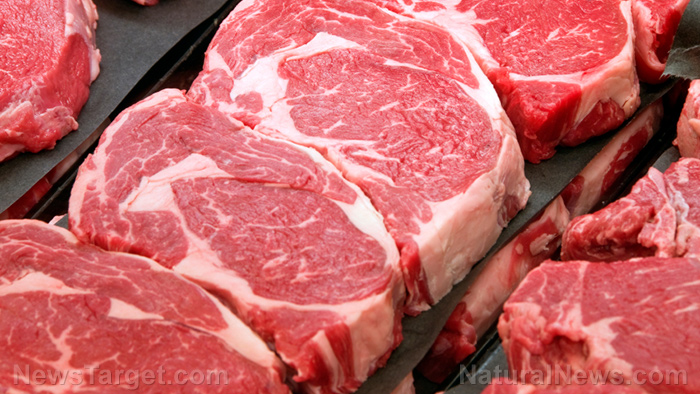These foods are best eaten with their skins on
03/07/2023 / By Olivia Cook

Peels are often discarded due to preference or habit or in an attempt to reduce exposure to pesticides. Research, however, says removing the peels of some fruits and vegetables may mean removing one of the most-nutrients parts of your plant foods.
Here is a short list of common fruits and vegetables that are best consumed with their peels on:
Apples
The Standard Reference Legacy Release of the U.S. Department of Agriculture (USDA) National Nutrient Database says a raw apple with skin contains up to 332 percent more vitamin K, 142 percent more vitamin A, 115 percent more vitamin C, 20 percent more calcium and up to 19 percent more potassium than a peeled apple. (Related: Don’t get rid of the skin of the fruit: Apple PEEL is PACKED with nutrients your body needs.)
Apricot
A study published in the journal Foods came to the conclusion that peels of the apricot, coined as the “golden fruit,” have a higher content of phenolic compounds (hydroxycinnamic acid, flavonoids and procyanidin) than its flesh, which are essential measures of nutraceutical quality and linked to the treatment of a variety of chronic diseases, including cancer, cardiovascular disease and neurodegeneration.
Results from total phenolic content (TPC) were expressed in milligrams of gallic acid equivalents (GAE) per 100 grams. Researchers reported the TPC of an apricot with its peel varied by more than threefold, ranging from 25.31 to 89.95 mg/GAE/100 grams – with the ‘Roxana,’ among the genotypes, showing the highest TPC value at 89.95 mg GAE/100 grams, while ‘Shakarpara’ had the lowest at 25.31 mg GAE/100 grams.
Bananas
A study published in the journal Evidence-based Complementary and Alternative Medicine, aptly titled “Banana peels: A waste treasure for human beings,” shed light on the antioxidant and antimicrobial activities of banana peels as a result of its biologically active compounds, including alkaloids, carotenoids, catecholamines, flavonoids, glycosides, phenolic compounds, saponins, sterols, tannins and triterpenes – all of which have been scientifically proven to fight cancer-causing free radicals in your body and reduce your risk of cancer.
Carrots
Researchers of a study published in the journal Foods indicated that peeling affects the nutritional properties of carrot genotypes and reported that the carrot peel had a higher concentration of principal nutrients (minerals, organic acids, sugars) and antioxidants (carotenoids and phenols).
The peel had a higher concentration of carotenoids (more than 42 percent) cations (more than 92 percent), organic acids (more than 103 percent), and phenolic acids (seven times) than the carrot root flesh.
Cucumber
A 142-gram cup of chopped, unpeeled, raw cucumber provides 10.2 micrograms of vitamin K, which helps with blood clotting and may support bone health, according to the USDA.
The same serving amount also provides 193 mg of potassium, which plays an important role in the functioning of your heart, kidneys and muscles and the transmission of messages through the nervous system, and 17 mg magnesium, an important mineral playing a role in over 300 enzyme reactions in your body, including helping with muscle and nerve function, regulating blood pressure and supporting your immune system.
A 133-gram cup of chopped cucumber with its skin provides around 1 gram of fiber, which may lower your risk for developing colorectal cancer, according to a study published in The American Journal of Clinical Nutrition.
The American Heart Association (AHA) notes that the fiber in the cucumber peel may also help manage cholesterol and prevent related cardiovascular problems and prevent and manage type Two-2 diabetes.
A study published in the journal Plant Foods for Human Nutrition (Dordrecht, Netherlands) found that cucumber peel helped manage the symptoms of diabetes in mice due to its antioxidant content.
Eggplant
A study published in the South African Journal of Botany found that the purple skin of the eggplant, or aubergine, is a source of anthocyanin pigments (lutein, nasurin, zeaxanthin) that act as antioxidants in the body and protect cells from disease-contributing damage. Anthocyanins also help in the prevention of neuroinflammation and facilitate blood flow to the brain.
A study published in the International Journal of Food Science reported that nasunin and nasurin, phenolic compounds in eggplant skin are key phytochemicals considered as nutraceuticals. Nasunin has a high superoxide radical scavenging activity helping anti-peroxidation and anti-accumulation of reactive oxygen species in cells. Nasurin protects brain cell membranes from damage caused by free radicals and also helps transport nutrients into cells and move waste out.
Potato
According to a scientific article in The Health Site, being a powerhouse of vitamin C, potato skin acts as a potent antioxidant agent. The peel also contains B complex vitamins and calcium that play an integral part in a healthy defense system and enhances the body’s immune activity.
Potato skins are loaded with iron, which helps support red blood cell function. The skin is also a good source of vitamin B3, which helps cells break down nutrients into usable fuel. In addition, vitamin B3 helps your cells recover from physiological stress.
Potato skin is rich in phytochemicals that possess powerful antioxidant activity. It also contains high amounts of chlorogenic acid that binds with carcinogens, or cancer-causing compounds, thus protecting your body against cancer.
The high fiber content of potato peel, coupled with antioxidants, glycoalkaloids and polyphenols, induces cholesterol-lowering effects on the body as well.
Adding potato peels to your meals is an apt measure to cut down on mindless eating. Aside from being high in fiber content, potato skin contains essential nutrients that prevent the surging of blood sugar levels in your body. The long-term effect of eating potato peels includes the prevention of Type-2 diabetes and its associated risk factors like heart disease.
Potato peels are also loaded with potassium, an important and essential mineral that lowers the risk of heart attack and stroke. Another heart-healthy nutrient present in potato skin is omega-3 fatty acids.
Watch the following video to learn about the benefits of eating unpeeled foods – 8 foods you shouldn’t peel before eating.
This video is from the Natural Cures channel on Brighteon.com.
More related stories:
Fruit and vegetable peels can be used to remove water pollutants.
Don’t throw it away! The skins of these fruits contain many health benefits.
Sources include:
Submit a correction >>
Tagged Under:
alkaloids, anti-inflammatory, anti-microbials, antioxidants, carotenoirds, flavonoids, food is medicine, food science, Fruit Peels, grocery cures, heart health, minerals, natural cures, nutrients, Phenolic acids, plant nutrients, plant pigments, polyphenols, prevention, tannins, vegetable skin, vitamins
This article may contain statements that reflect the opinion of the author
RECENT NEWS & ARTICLES
COPYRIGHT © 2017 INGREDIENTS NEWS






